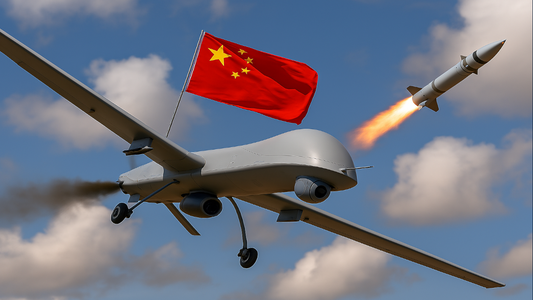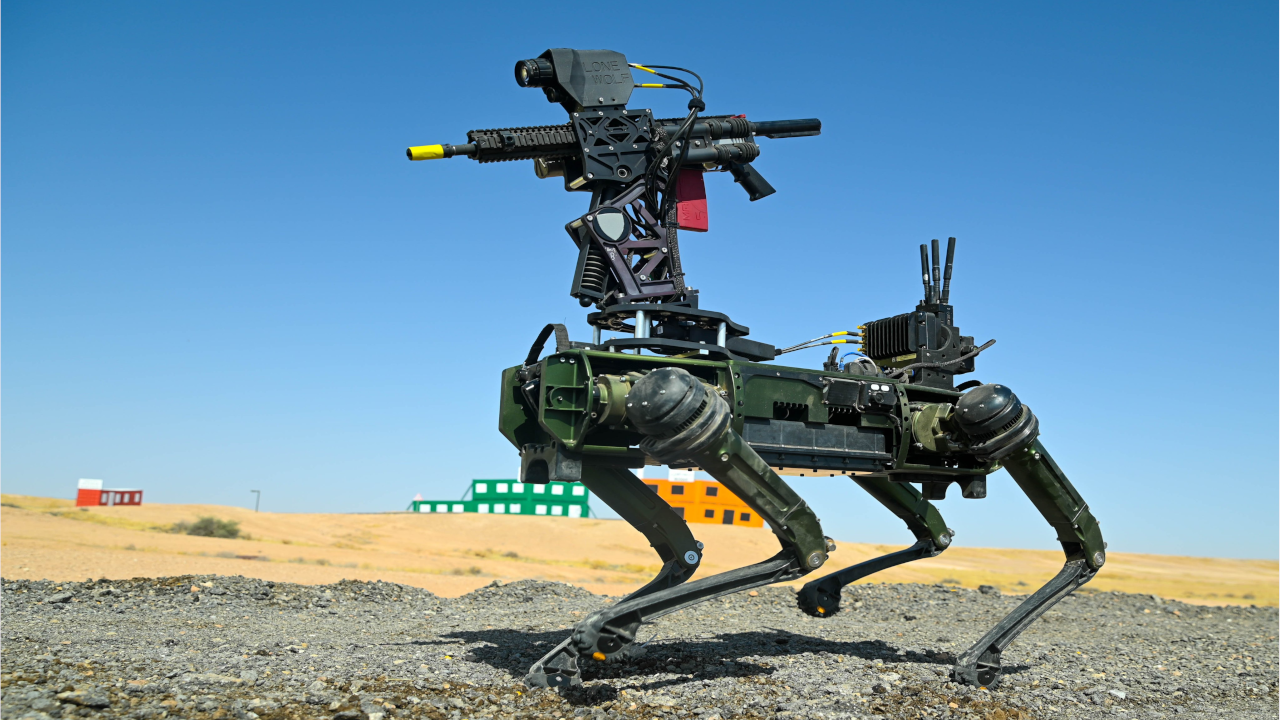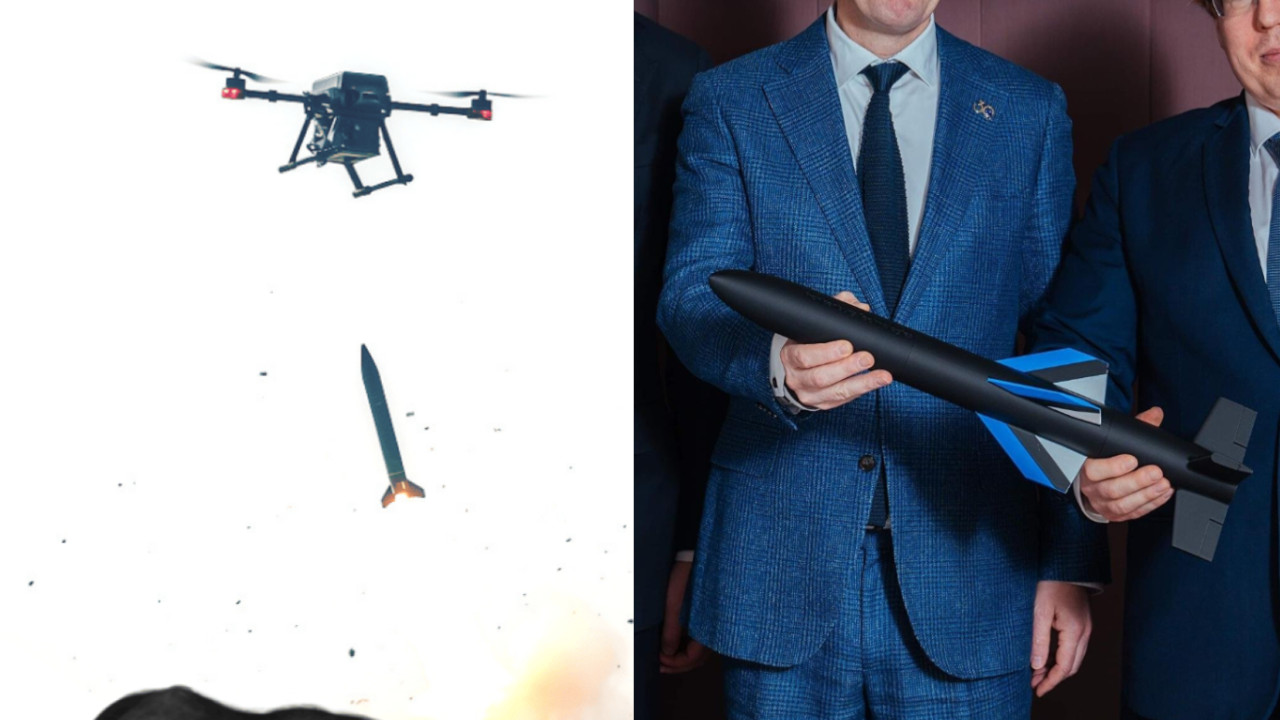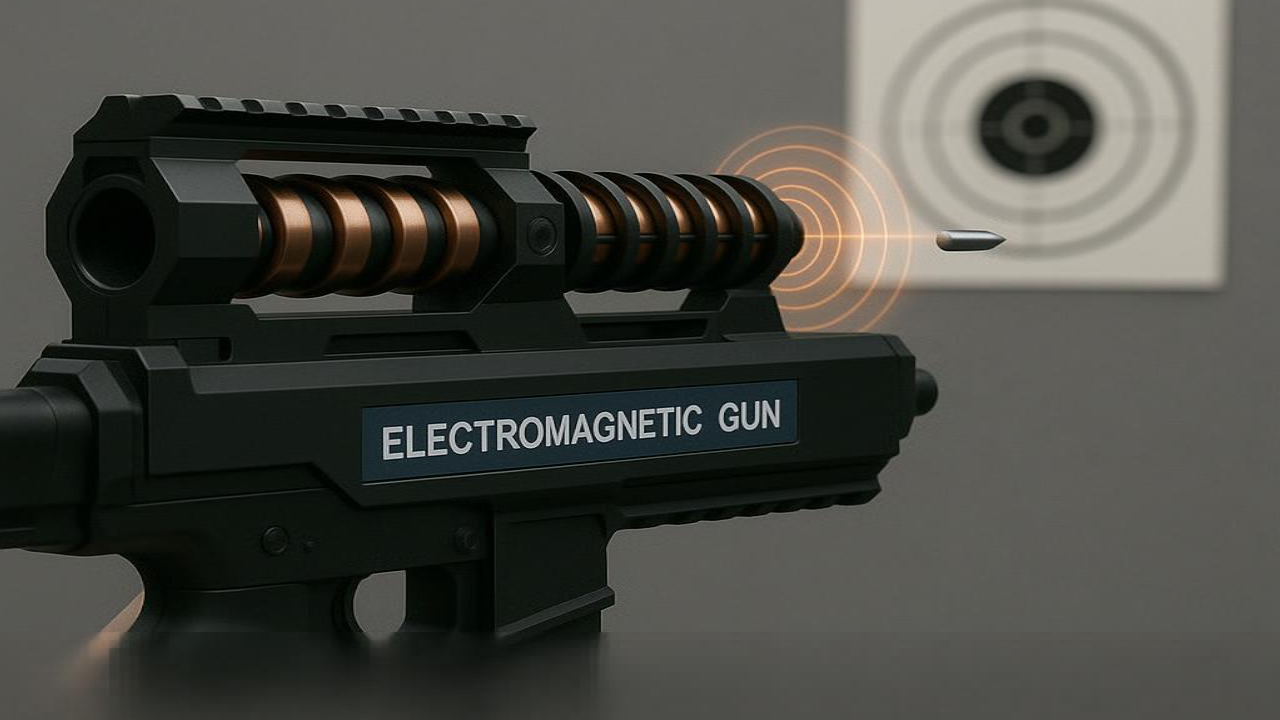On modern battlefields, drones have become essential components in military operations. However, they face a major obstacle: a high failure rate before reaching their targets. According to a report published in the South China Morning Post, as many as 90% of drones are intercepted during the Russia–Ukraine war. In response, a team of aerospace engineers from Northwestern Polytechnical University proposed a new generation of drones equipped with advanced evasion technologies known as the Terminal Evasion System.
This system relies on a lightweight lateral rocket booster that activates at a critical moment to shift the drone’s trajectory suddenly, generating up to 16 times the force of gravity (16Gs). The abrupt movement confuses incoming guided missiles and prevents them from hitting the target. Digital simulations have shown a dramatic improvement in survivability, increasing the success rate to 87%, marking a transformational leap in drone resilience.
According to SCMP, the team has only conducted virtual simulations to evaluate the system’s performance—no real-world field testing has occurred yet. These trials have yielded highly promising results, and the next logical step will likely involve live testing in combat-like environments to verify the system’s effectiveness beyond laboratory constraints.
The system’s success depends on three critical elements: First, precise timing—the booster must fire one to two seconds before impact, leaving missiles no time to recalibrate. Second, it uses artificial intelligence to instantly choose the ideal escape direction—whether to ascend, dive, or veer sideways. Third, it requires extreme acceleration to achieve sharp, disorienting evasive turns that confuse missile tracking systems.
These drones are equipped with advanced AI that processes threats in real time and autonomously initiates evasive maneuvers without human input, giving them a clear edge over conventional drones. Additionally, they can be fitted with defensive technologies like electronic jamming systems and infrared decoys to divert incoming missiles.
While still in testing, this innovation marks a major milestone toward the development of a new generation of combat-ready drones capable of surviving in complex and hostile environments. Should the system prove effective in real-world deployment, it may pose a significant challenge to air defense systems and transform drones into an exceptionally lethal military tool.









